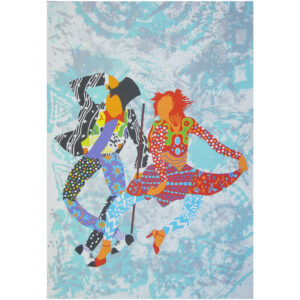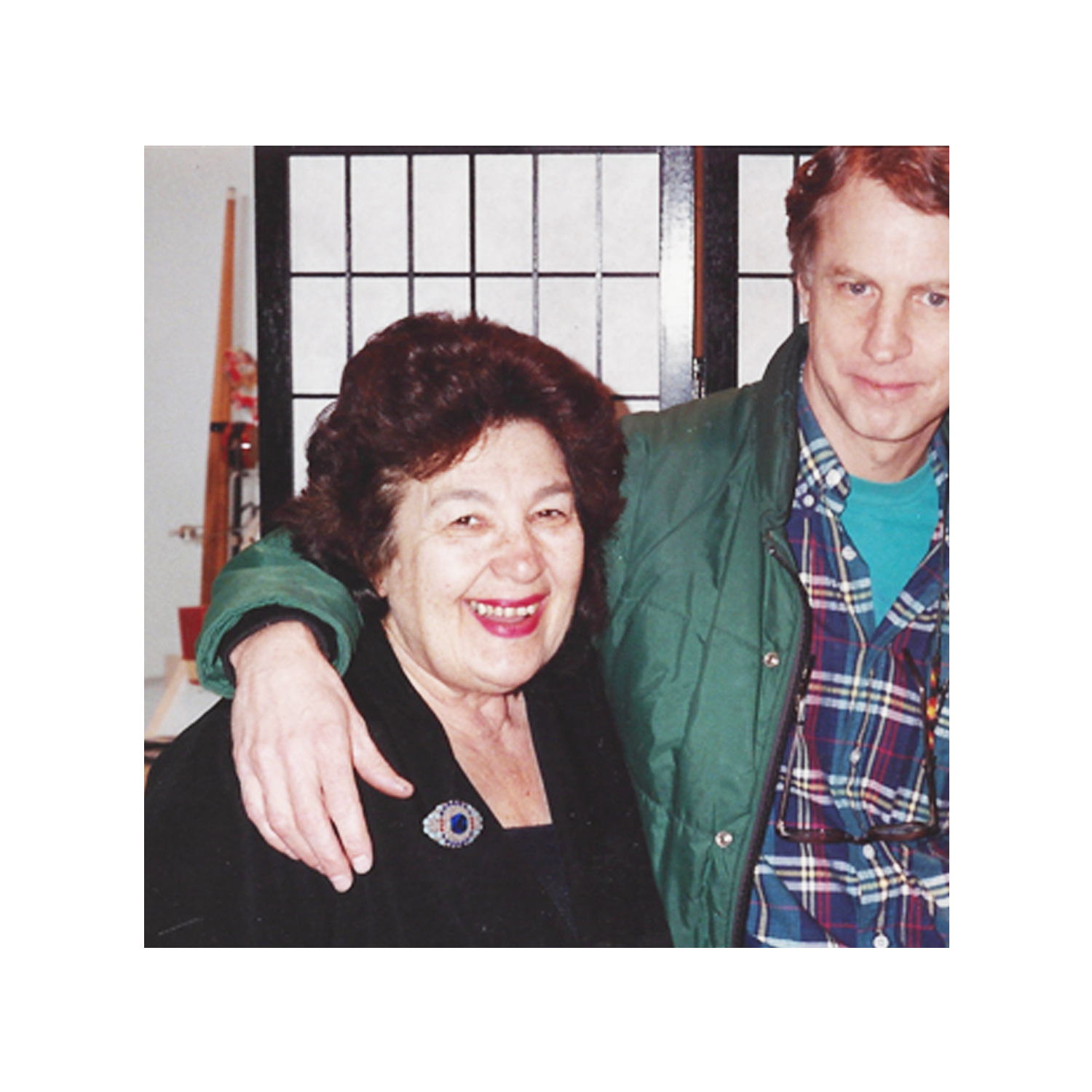Born: Toronto, Canada, 1923
Died: Hampton Bays, New York, 2015
Canadian-born Miriam Schapiro (1923 to 2015) was a pioneering feminist artist in America, renowned for her vibrant abstract paintings, collages, sculptures and printmaking.
During the 1970s she spearheaded the Pattern and Decoration movement and invented ‘femmages’ – collages which carry a conscious feminist subtext, constructed with crafts that had long been associated with women and femininity, such as fabrics and embroidery. Through these she pays homage to creative women of the past who have been ignored by art history.
Schapiro expressed, “I wanted to validate the traditional activities of women, to connect myself with
the unknown women artists who had made quilts, who had done the invisible ‘women’s work’ of civilization. I wanted to acknowledge them, to honor them.”
Source: Miriam Schapiro - The Women's Art Collection : The Women's Art Collection (cam.ac.uk)
Miriam Schapiro first gained attention for her leadership in the Feminist Art Movement of the 1960’s and 1970’s. In 1971 she and Judy Chicago organized the Feminist Art Program at the California Institute of the Arts. Along with twenty-one students the two of them created Womanhouse, an internationally acclaimed project that introduced the art world to self-consciously feminist artistic practice.
“Femmage” is the witty and apt term that Schapiro has devised as a variant on “collage” (pictures assembled from assorted materials). As “femmage,” this activity has been practiced for centuries by woman, who has used traditional craft techniques like sewing, piecing, hooking, quilting and appliqueing. The extensive use of fabric swatches, patchwork and embroidery, both formal and iconographical elements in Schapiro’s femmage, is part of her conscious effort to re-establish her connections with this older and – from the feminist point of view – more authentic tradition with which she, as an artist, identifies.
– Norma Broude, Feminism and Art History, 1982 –


